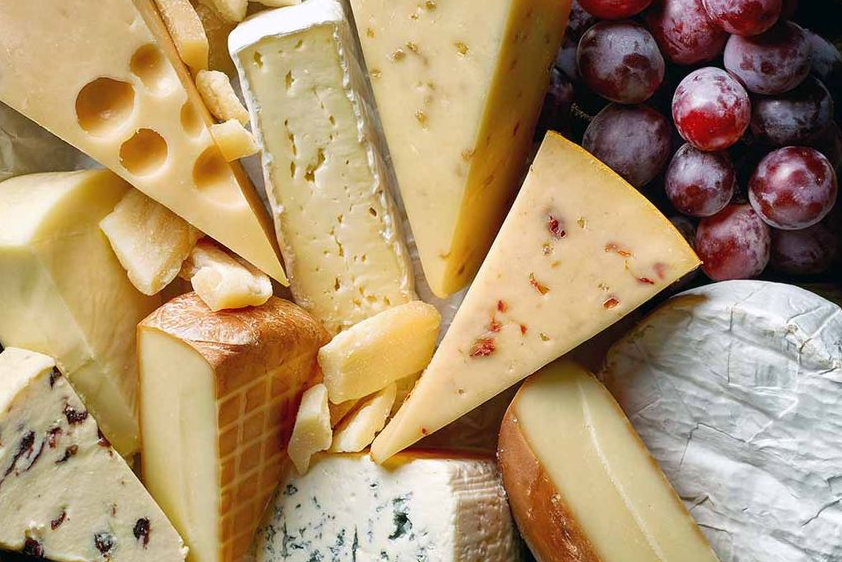
6 Types of Cheese and Professional Chef Tips on How to Use Them
Cheese is a versatile ingredient that adds richness, flavor, and texture to a wide range of dishes. As a professional chef, understanding the characteristics of different types of cheese and how to use them effectively can elevate your culinary creations to new heights. In this article, we’ll explore six popular types of cheese and provide expert tips on how to incorporate them into your cooking like a pro.
-
Cheddar Cheese:
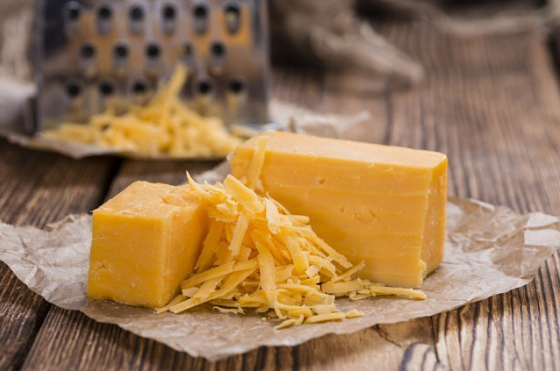
Cheddar cheese is one of the most beloved cheeses worldwide, known for its sharp, tangy flavor and firm texture. Here are some tips on how to use cheddar cheese like a professional chef:
- Grate it for use in classic dishes like macaroni and cheese, soups, or casseroles.
- Use it to add depth of flavor to burgers, sandwiches, and omelets.
- Pair aged cheddar with fruits like apples or pears for a delightful cheese board accompaniment.
- Incorporate shredded cheddar into savory scones or biscuits for a delicious twist.
-
Brie Cheese
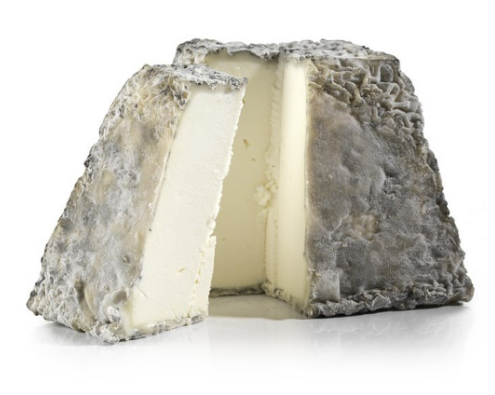
Brie cheese is a soft, creamy cheese with a mild, buttery flavor and a characteristic edible rind. Here’s how professional chefs utilize brie cheese in their culinary creations:
- Serve it as an elegant appetizer with crusty bread, crackers, and fruit preserves.
- Bake brie en croûte (wrapped in pastry) for a show-stopping hors d’oeuvre.
- Melt brie onto sandwiches or paninis for a luxurious twist on a classic favorite.
- Incorporate brie into creamy pasta dishes for a velvety texture and subtle flavor enhancement.
-
Parmesan Cheese
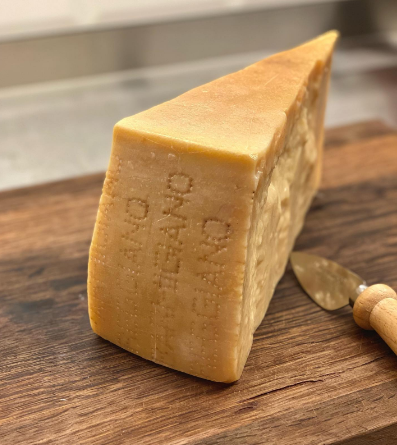
Parmesan cheese, also known as Parmigiano-Reggiano, is a hard, granular cheese with a nutty, savory flavor profile. Here are professional chef tips on using Parmesan cheese effectively:
- Grate it finely over pasta dishes, salads, and risottos for a burst of umami flavor.
- Use Parmesan rinds to infuse soups, stews, and broths with rich, savory notes.
- Create crispy Parmesan tuiles by baking grated Parmesan until golden brown for an elegant garnish.
- Incorporate Parmesan into breadcrumb mixtures for a flavorful coating on meats, fish, or vegetables.
-
Goat Cheese
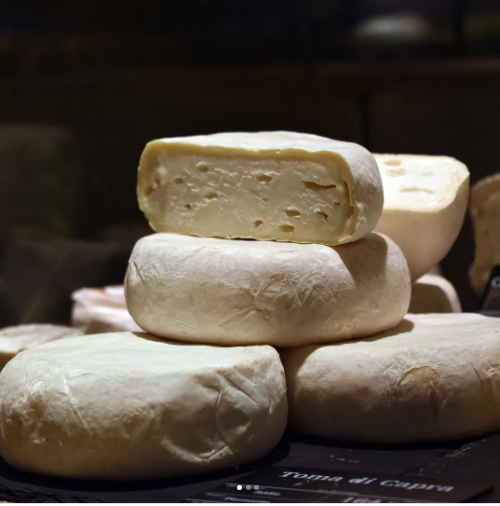
Goat cheese, also known as chèvre, is a creamy, tangy cheese made from goat’s milk. Here’s how professional chefs harness the unique flavor profile of goat cheese:
- Crumble it over salads or roasted vegetables for a tangy contrast.
- Incorporate goat cheese into creamy dips, spreads, or sauces for added depth of flavor.
- Use it to stuff chicken breasts or pork chops for a gourmet twist on stuffed meats.
- Pair goat cheese with honey, nuts, or dried fruits for a sophisticated cheese platter offering.
-
Gorgonzola Cheese

Gorgonzola cheese is a bold, blue-veined cheese with a creamy texture and a pungent, tangy flavor. Here’s how professional chefs utilize gorgonzola cheese in their culinary creations:
- Crumble it onto pizzas, salads, or flatbreads for a distinctive flavor punch.
- Melt gorgonzola into creamy sauces or dressings for a luxurious touch.
- Use it to stuff mushrooms or peppers for an elegant appetizer option.
- Pair gorgonzola with grilled steak or pork for a decadent flavor combination.
-
Mozzarella Cheese
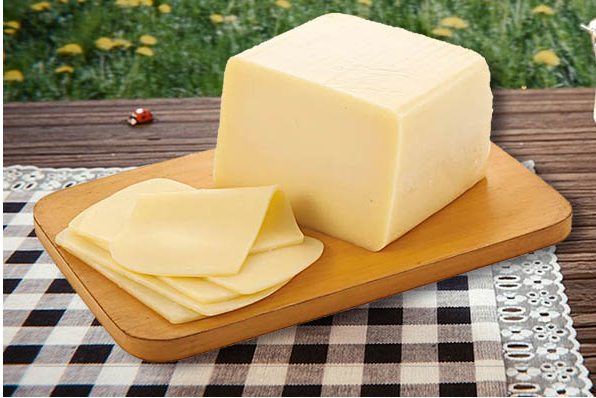
Mozzarella cheese is a soft, fresh cheese with a mild, milky flavor and a smooth, elastic texture. Here’s how professional chefs make the most of mozzarella cheese in their dishes:
- Use fresh mozzarella in caprese salads, sandwiches, or bruschetta for a taste of Italy.
- Incorporate shredded mozzarella into casseroles, lasagnas, or baked pasta dishes for gooey, cheesy goodness.
- Create crispy fried mozzarella sticks or balls for a crowd-pleasing appetizer.
- Layer slices of mozzarella onto sandwiches or burgers for a creamy, melty texture.
Conclusion
As a professional chef, understanding the characteristics of different types of cheese and how to use them effectively can enhance the flavor and presentation of your dishes. Whether you’re grating aged cheddar into a comforting macaroni and cheese or melting creamy brie onto a sandwich, incorporating cheese thoughtfully can elevate your culinary creations to new heights of deliciousness. By following these expert tips, you’ll be well-equipped to harness the diverse flavors and textures of various cheeses in your cooking like a true culinary professional.
